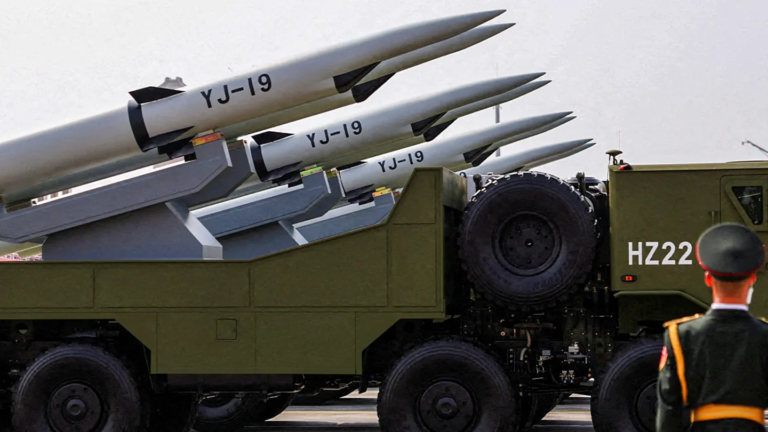
Two members of the National Guard were shot on Wednesday in a busy area near the White House in downtown Washington, officials said, putting the building into lockdown with President Donald Trump away in Florida.
West Virginia Governor Patrick Morrisey initially said in a post on X that both victims were members of his state’s National Guard and had died from their injuries, but he soon posted a second statement citing “conflicting reports” about their condition.
Trump administration official said the suspected shooter had been transported to a hospital with gunshot wounds. The motive for the shooting was not immediately clear.
Trump is at his resort in Palm Beach ahead of Thursday’s Thanksgiving holiday, while U.S. Vice President JD Vance is in Kentucky.
In a social media post, Trump called the suspected shooter an “animal” who would “pay a very steep price” and praised the National Guard.
The shooting unfolded near Farragut Square, a popular lunch spot for office workers just a few blocks away from the White House. The park, whose light posts are wrapped in wreaths and bows for the holiday season, is flanked by fast-casual restaurants and a coffee shop, as well as two metro stops.
Stacey Walters, 43, was in an Uber near the White House around 2:15 p.m. ET when she heard two loud booms and saw young children and other pedestrians running from the scene.
She said she heard someone yell “Help! Help!” and saw what appeared to be U.S. Secret Service agents running after someone in a hooded sweatshirt.
Mike Ryan, 55, said he was on his way to buy lunch nearby when he heard what sounded like gunfire He ran away half a block and heard another round of apparent gunfire.
When he made his way back to the scene, he saw two National Guard members on the ground across the street, with people trying to resuscitate one of them. At the same time, other National Guard members had pinned down someone on the ground, Ryan said.
The incident appeared to have triggered a response from the full range of Washington security agencies, from the Secret Service to the Metropolitan Police and the Metro Transit Police.
National Guard soldiers have been in Washington since August, when Trump deployed them to the streets as part of his crackdown on immigration and crime in Democratic-led cities. As of Wednesday, there were about 2,200 National Guard troops in Washington, including troops from the district as well as Louisiana, Mississippi, Ohio, South Carolina, West Virginia, Georgia and Alabama.
Trump, a Republican, has suggested repeatedly that crime has disappeared from the capital as a result of the deployment, which was heavily criticized by Democrats.





